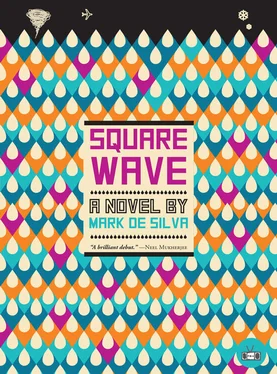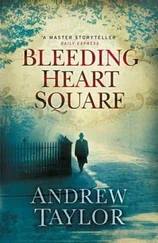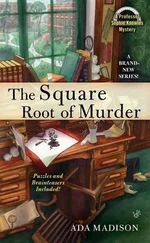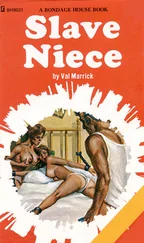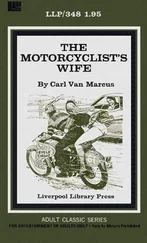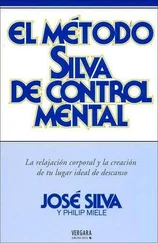Larent saw the gap between pure scales, drawn from the overtone series, and the tempered scales that prevailed not as a musical problem but an engineering one. It only afflicted instruments like the piano, whose centrality to the conservatory repertoire neatly explained equal temperament’s reign. While each piano key must be tuned to a single frequency, stringed instruments, and many brasses, can in principle produce notes of any frequency. Just like the voice, the first instrument. Note-space is made continuous, spectral rather than discrete.
Observations of this sort led Larent, halfway through his studies at the small but distinguished New Hampshire conservatory that had produced a string of notable neoclassical composers, to move from piano toward his second instrument, the double bass, his fondness for which, up until then, had been based on its access to the lower frequencies. Just as singers had natural registers, whether baritone or alto or the like, it seemed to him that each instrumentalist had a natural inner range, one where his musical sensibilities were most fully at home. For him, this was in the bass. There was also the physical aspect of it, the kinetic pleasures of standing and bowing with his whole body as compared with that of sitting on a stool and striking bits of ivory.
The conservatory’s curriculum emphasized classical forms to the near-complete exclusion of more recent developments: musique concrète, jazz, nonwestern musics like Gamelan and the Indian classical tradition. The American minimalists, who’d long interested him — Young and Reich especially, and more lately Basinski — were hardly treated at all. The teaching tapered off with Stravinsky, Bartók, and the serialists, whose work, though radical, was defined almost wholly by its negative relation to the classical tradition rather than by any affinity with exogenous forms. Certainly just intonation — a tuning based on the natural physics of sound, the harmonic series — got scanted, and it wasn’t even a foreign tradition so much as a historical one that had been prematurely buried.
After three years, Larent left without his degree. He didn’t want an orchestra spot, or worse, a post in a conservatory where he might pass on the very same theory lessons he’d chafed at. In the seven years since then, he’d felt even less regret than he imagined he might when he left. That didn’t mean he was pleased with himself. There’d been four groups in those seven years, and he was the prime disbander of each. Mostly the other members seemed to agree with him a little too easily. At that point he would walk away, unhappy with his own ideas, which they didn’t seem able to test in the right way.
What encouraged him now, apart from his own ripening views on music, was a certain dis comfort with Moto he’d noticed in their most recent practices. Their bland start had been misleading. Moto had ideas, and they were in productive tension with his own. That’s how really interesting things happened, Larent thought, even if no one exactly enjoyed the process.
When his father tired now and again of sending him checks, Larent gave private lessons in bass and piano. These were more about technique than theory or composition. They might be applied to any sort of music. What that meant was that although most of his students would go on to staid classical careers — if they went on to a life in music at all — that fact couldn’t be laid at his feet. There wasn’t a single student of his who didn’t have some settled musical question unsettled for him, who wasn’t given some inkling by Larent of the sheer variety of scalar strategies, even if only through hearing him play Bach on his bass, using the alternative temperaments the German had used in a faraway era before industry or ease.
Larent set the bass in its stand and let his mind whir ever more furiously, almost without him. Geometry was a dead end, he thought. Pythagoras didn’t offer the right constructive principle. Better to start with the physics of sound and let the mathematics fall out from that. But when you looked at it, the physics seemed to favor something like an arithmetic principle.
Naturally produced tones were always complexes, subsuming a series of simple harmonics, or partials — sinusoidal waves. The harmonic series gave you a set of naturally occurring intervals from which to build scales. And as Larent was realizing, if you were serious about cleaving to the harmonic series, what mattered was saving the smaller integral ratios, especially the superparticulars, as Ptolemaic scales did. They did far better in tracking the harmonic series than Pythagorean ones, yielding pure versions of the chromatic and diatonic semitones (25:24, 16:15), the minor and major whole tones (10:9, 9:8), the minor and major thirds (6:5, 5:4), the fourth (4:3), the fifth (3:2), and the octave (2:1).
That the notes of a Ptolemaic scale can’t be pinned to specific frequencies — well, why should they need to be? Certainly it’s a problem to realize them on fix-pitched instruments. The variable semitones and tones make any standard piano keyboard inadequate (and split keyboards are too cumbersome to consider).
But with variable-pitch instruments — the voice, strings — you could maintain the pure intervals even through harmonic progressions. Modulation too. You just adjust the pitches of chords built on a given scale degree so that the notes sit in the right ratios to the root. Ratios — relations — not absolute frequencies, are what count.
Riley, Young, Harrison, Blackwood, Johnston: they’d all tried to accommodate just intonation or its approximations within the fixed-pitch orbit of the piano. Even if they did manage to arrive at music that was interesting, sometimes beautiful, and once in a while sublime, the instrument forced them to contort.
Only instruments with an analog structuring of note-space could realize just intonation fully. The piano, the harpsichord before it, these were really digital instruments. Either you sounded A or A#, nothing in between was reachable. It might as well have been zeros and ones.
String quartets and vocalists sometimes try to approach just intonation, but they mostly shy away from the harmonic complications. Certain chord structures, five-note tone clusters, say, can’t be realized in pure intervals. But tetrachords can. Take the justly tuned dominant seventh, the so-called harmonic seventh. It’s common in a cappella music, since the voice, being variable pitch, can adjust to the 7:4 minor seventh involved — the seventh partial in the harmonic series.
Maybe then we need a more flexible approach to harmony. Couldn’t we take our cues from the overtone series itself? Building chords by stacking thirds is a geometric method. But if we’ve already parted ways with a geometric approach to scale building, we could do the same with our chords, our harmony.
It’s true that many of the more complex chords formed from pure scales turn out to be more dissonant than their equal temperament cousins. That can’t be ignored. But why think of just intonation, of “pure” tones, as entailing the avoidance of dissonance or the creation of beatlessness, rather than simply a fidelity to scales composed from intervals found in the overtone series — in nature, that is — whatever consonances, whatever dissonances, they might lead to?
Larent’s head was light now. He sat on a speaker cabinet and calmed himself a bit. How, too, to fuse all this with features of music that had no echo in the concert hall? Things like heavy amplification, inharmonic distortion, the full repertoire of electronic manipulation, the primitive rhythms of rock even. Glenn Branca had come closest, he thought, in the middle symphonies, three, four and five, deploying an army of guitars, twenty or thirty, most playing single sustained notes without distortion, right alongside violins. And all of it set to primal beats. Mostly it involved stepwise motion through the intervals of just-intoned scales, this miasma held together by percussion not far from punk rock.
Читать дальше
